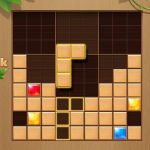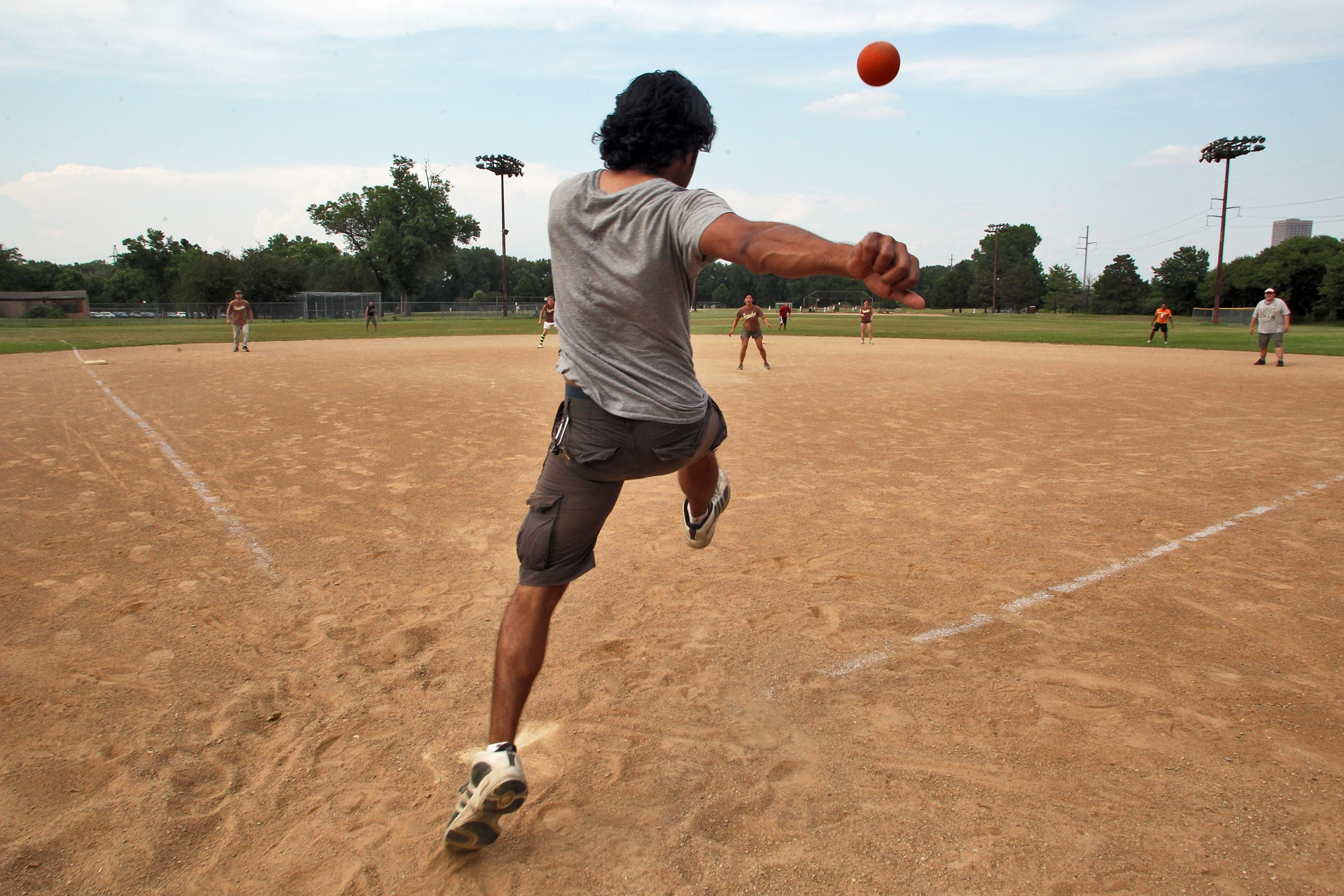Introduction
Rugby, a dynamic and intense sport loved by millions worldwide, is known for its strategic gameplay, physical endurance, and fast-paced action. One of the fundamental aspects of rugby that both players and fans must understand is the structure of the game, particularly the length of the halves. The duration of each half can significantly influence the strategies employed by teams and the stamina required by players. This comprehensive guide will delve into the specifics of how long rugby halves are, exploring the variations across different types of rugby, the rules governing these durations, and the impact on gameplay.
Understanding Rugby Halves
Rugby is played in two main forms: Rugby Union and Rugby League. Each form has its own set of rules and structure, including the duration of the halves. Additionally, there are variations like Sevens Rugby, which have different half lengths. Understanding these differences is crucial for anyone involved in the sport, whether as a player, coach, or enthusiast.
Rugby Union
Standard Match Duration
In Rugby Union, a standard match consists of two halves, each lasting 40 minutes. The total playing time is thus 80 minutes, not including any additional stoppage time added by the referee. The game is designed to be intense, requiring high levels of fitness and strategic planning from the teams.
Half-Time Interval
Between the two halves, there is a half-time interval lasting 10 minutes. This break allows players to rest, rehydrate, and receive instructions from their coaches. It is also a crucial time for teams to reassess their strategies based on the first-half performance.
Stoppage Time
Rugby Union matches often include stoppage time, also known as “injury time” or “added time,” which the referee can add to compensate for any disruptions during the halves. This can include time lost due to injuries, substitutions, or other interruptions. The amount of stoppage time added is at the discretion of the referee and can vary from match to match.

Rugby League
Standard Match Duration
Rugby League, another popular form of rugby, also features two halves. Each half in Rugby League is 40 minutes long, mirroring Rugby Union. Therefore, a full Rugby League match consists of 80 minutes of play, divided into two equal halves.
Half-Time Interval
The half-time interval in Rugby League is 10 minutes, similar to Rugby Union. This break serves the same purpose of allowing players to rest and strategize for the second half.
Stoppage Time
In Rugby League, stoppage time can also be added to account for delays during the match. The amount of stoppage time is determined by the referee and ensures that the full duration of active play is maintained.
Variations in Rugby Formats
While the standard durations for Rugby Union and Rugby League are similar, there are variations in the game that feature different half lengths. These include Sevens Rugby, a popular and fast-paced variation, and other adaptations designed for different contexts or age groups.
Sevens Rugby
Match Duration
Sevens Rugby, known for its rapid and exhilarating gameplay, is significantly shorter than the traditional forms. Each half in Sevens Rugby lasts 7 minutes, making the total match duration 14 minutes. In finals, however, halves can be extended to 10 minutes each, totaling 20 minutes.
Half-Time Interval
The half-time interval in Sevens Rugby is typically 2 minutes, offering a brief respite for the players. Due to the shorter match duration, this brief interval suffices for teams to regroup and prepare for the second half.
Stoppage Time
Like its longer counterparts, Sevens Rugby can also have stoppage time added by the referee, but this is relatively rare given the brief nature of the matches.
Other Rugby Variations
Youth Rugby
In youth rugby, match durations can vary based on the age group. For example, matches for younger age groups might feature Rugby Halves of 20 to 30 minutes to accommodate the lower endurance levels of younger players.
Adapted Formats
There are also various adapted formats of rugby designed for specific purposes, such as touch rugby or tag rugby, which may have different half durations. These adaptations make the game more accessible and can be tailored to suit different environments or objectives.
Impact of Half Length on Gameplay
The duration of rugby halves has a profound impact on how the game is played, the strategies employed by teams, and the physical demands on players. Understanding these impacts can enhance appreciation for the sport and inform better preparation and strategy.
Strategic Planning
First Half Strategies
In both Rugby Union and Rugby League, the first half is crucial for setting the tone of the match. Teams often focus on establishing dominance, testing their opponents’ defenses, and building a lead. Coaches might emphasize a strong start to gain an early advantage.
Second Half Strategies
The second half, on the other hand, is often about maintaining momentum or making a comeback. Teams might adjust their strategies based on the first half’s outcomes, either by tightening their defense to protect a lead or by becoming more aggressive to overturn a deficit.
Sevens Rugby Strategies
In Sevens Rugby, the short halves demand quick, decisive actions. Teams focus on speed, agility, and exploiting any gaps in the opponent’s defense. The limited time frame means there is little room for error, and every play can significantly influence the match’s outcome.

Physical Demands
Endurance and Stamina
The 40-minute Rugby Halves in traditional rugby require high levels of endurance and stamina. Players must be physically prepared to maintain their performance throughout the entire match. This involves rigorous training, proper nutrition, and effective in-game management of energy levels.
Injury Management
Given the physical nature of rugby, injuries are common. The length of the Rugby Halves necessitates effective injury management strategies. Teams must be prepared with medical support and have contingency plans for substitutions in case of injuries.
Impact on Training
Training regimens are designed to mimic the duration and intensity of a real match. This includes endurance training, strength conditioning, and strategic drills that prepare players for the demands of each half.
Conclusion
Understanding the length of rugby halves and their implications is essential for anyone involved in the sport. Whether it’s the standard 40-minute Rugby Halves Union and Rugby League or the rapid 7-minute halves of Sevens Rugby, the duration significantly influences gameplay strategies, physical preparation, and overall match dynamics. By grasping these nuances, players, coaches, and fans can better appreciate the intricacies of rugby and contribute to the sport’s rich and exciting tradition.










